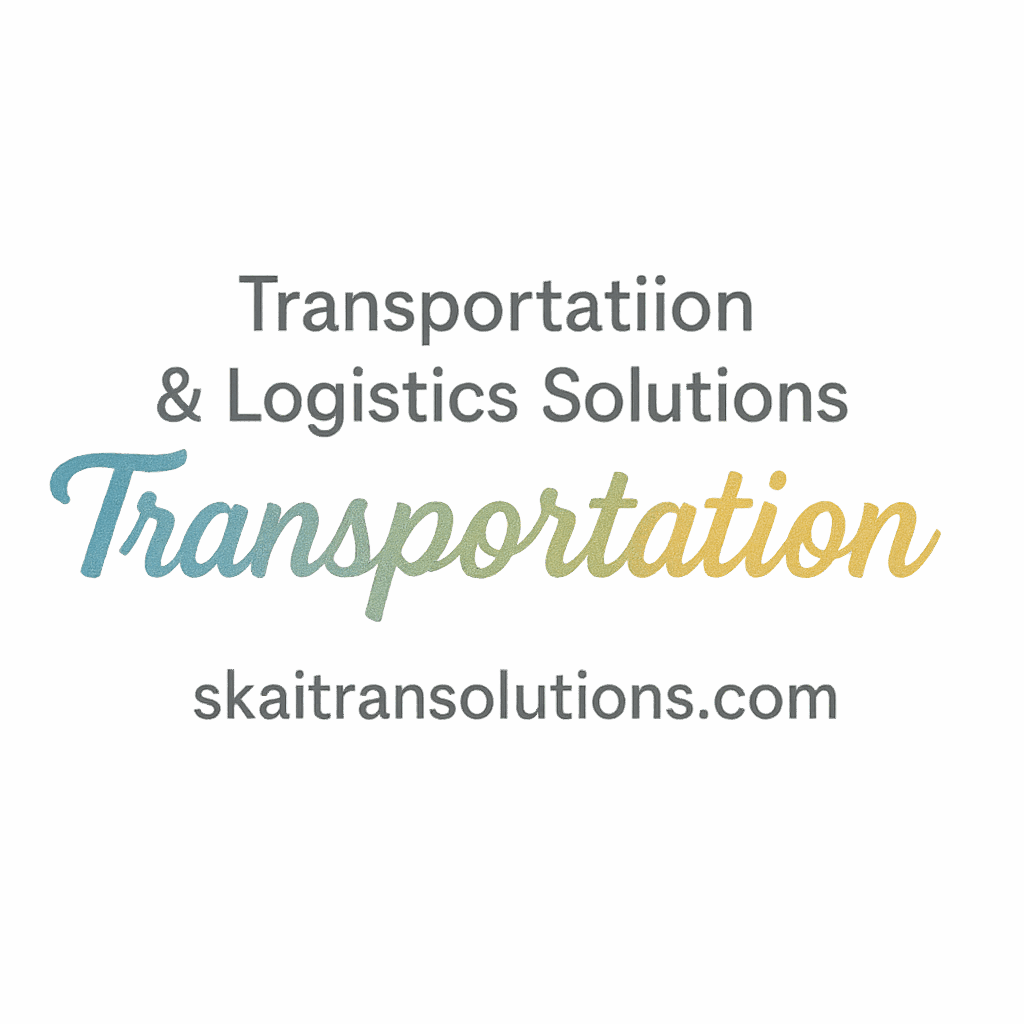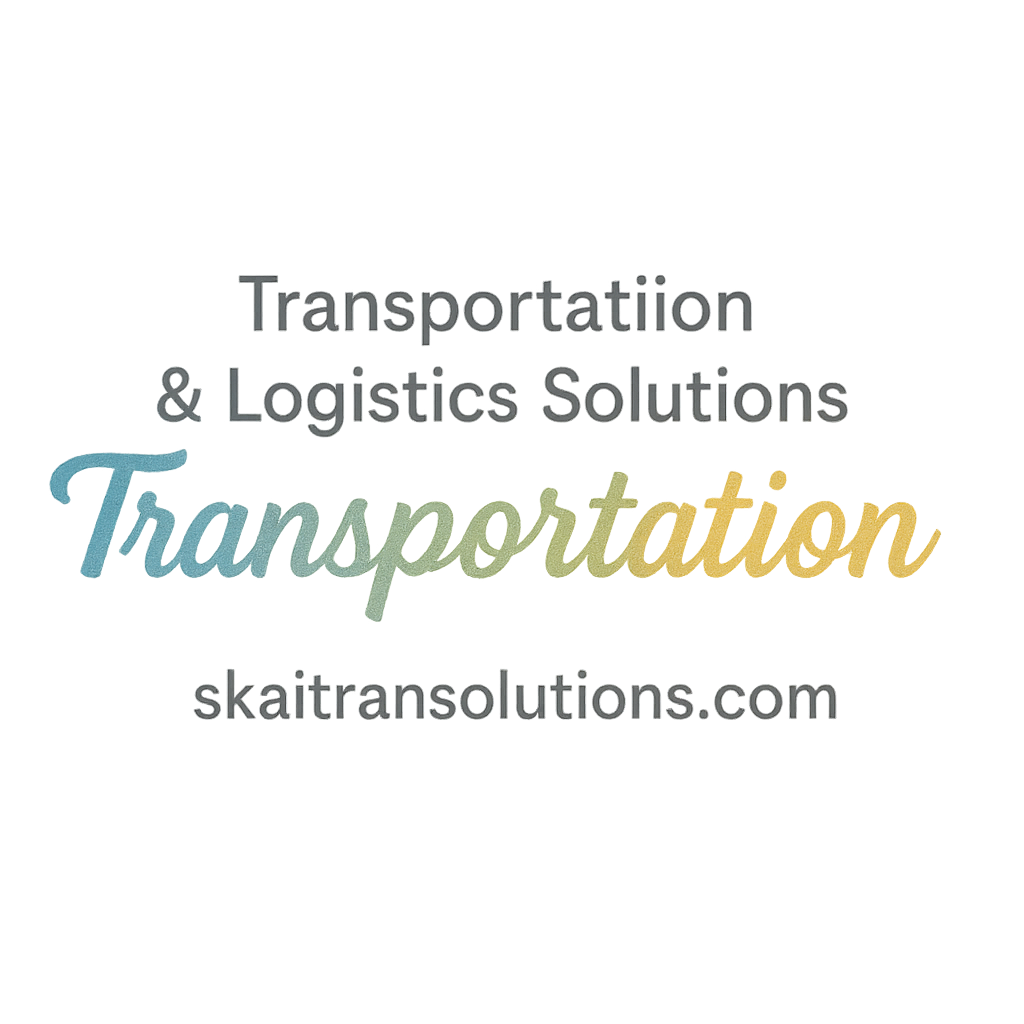Introduction to IoT in Transportation
Ever wonder how your pizza arrives exactly when the app says it will? Or how logistics giants keep tabs on thousands of trucks moving across the country? The magic behind this real-time visibility is something called the Internet of Things—or IoT.
IoT is no longer just a buzzword—it’s a transformative force in the transportation and logistics world. It’s helping companies deliver faster, safer, and more efficiently than ever before.
Whether you’re managing a fleet, overseeing supply chains, or optimizing delivery routes, transportation monitoring with IoT is becoming a must-have tool in the logistics toolkit.
So, let’s explore how IoT is reshaping the transportation landscape and dive into the 5 key benefits it offers.
What Is IoT and Why Does It Matter in Transportation?
In simple terms, IoT refers to a network of physical devices—think vehicles, sensors, GPS units, and more—that connect and exchange data over the internet.
In the transportation industry, IoT systems gather, analyze, and transmit data from vehicles and infrastructure, helping organizations:
- Track vehicle location and performance
- Monitor traffic and weather conditions
- Predict maintenance needs
- Improve driver safety
It’s all about turning data into action—and fast.
Explore more about how technology impacts this space at our Transportation Technology Innovation hub.
How IoT Is Revolutionizing Transportation Monitoring
IoT goes way beyond simple GPS tracking. Here’s how it’s taking over the world of transportation monitoring:
Real-Time Data Collection and Analytics
Gone are the days of static reports. IoT-enabled fleets now gather live data every second, giving dispatchers and managers a 360° view of operations.
Remote Vehicle and Asset Tracking
From cross-country truck hauls to city-wide bus networks, every asset is monitored remotely using embedded IoT devices. This ensures tighter coverage and better resource allocation (read more).
Predictive Maintenance Through IoT
Sensors can detect early signs of wear and tear—helping you fix things before they break. That’s a total game-changer when it comes to cost and downtime.
Enhancing Road Safety and Driver Behavior Monitoring
IoT keeps a close eye on driver behavior—braking patterns, speed, fatigue—and flags risks. This improves safety inspections (explore) and reduces accidents.
Improved Supply Chain and Logistics Visibility
IoT helps connect the dots across the entire logistics journey—from warehouse to wheels to doorsteps. Check out our Logistics & Supply Chain Solutions page for more.
Benefit #1: Real-Time Tracking of Vehicles
GPS and Telematics Integration
IoT-powered GPS and telematics systems track every movement of your vehicles. This allows businesses to know exactly where their trucks or cargo are at any given moment.
Fleet Visibility and Route Optimization
Thanks to route data and traffic pattern analysis, companies can avoid delays, reroute trucks, and plan for peak efficiency.
Looking for industry-specific insights? Visit Transportation Industry Insights.
Customer Experience and Transparency
With real-time updates, customers know exactly when their shipment arrives—boosting trust and improving overall customer experience and safety (check it out).
Benefit #2: Predictive Maintenance and Reduced Downtime
Monitoring Vehicle Health
IoT sensors track engine temperature, tire pressure, oil levels, and more. When anomalies occur, alerts are instantly sent to the maintenance team.
Reducing Maintenance Costs and Failures
By catching issues early, companies can avoid costly roadside breakdowns or emergency repairs. That means less downtime and more uptime.
This directly supports initiatives around cost reduction.
Long-Term Equipment Life Cycle Benefits
Regular, smart maintenance prolongs the life of fleet vehicles, ensuring fewer replacements and lower capital expenditures over time.
Benefit #3: Enhanced Safety and Compliance
Monitoring Driver Behavior and Road Conditions
IoT platforms evaluate real-time metrics like harsh braking, sudden turns, and speeding. These insights encourage safer driving and help companies take corrective action when needed.
For more on ensuring safety, explore compliance strategies.
Regulatory Compliance and Inspection Data
Maintaining compliance with safety regulations becomes easier when IoT systems log everything automatically—no more paper logs or guesswork.
Insurance and Risk Reduction
Safe driving behavior, vehicle health monitoring, and real-time alerts reduce the number and severity of accidents. As a bonus, this often lowers insurance premiums—check out our take on insurance trends.
Benefit #4: Cost Reduction Across Operations
Fuel Efficiency and Idle Time Management
Fuel is a huge expense. IoT helps reduce idle time, monitor fuel usage, and identify inefficient driving behaviors—leading to significant savings.
Route Optimization and Delivery Efficiency
Fewer delays mean faster deliveries. Optimized routes save time, reduce mileage, and enhance productivity across the board.
Lower Insurance Premiums Through Safer Operations
Insurance companies reward data-driven safety. The better your track record, the lower your premiums go. That’s ROI you can actually measure.

Benefit #5: Better Decision Making With Real-Time Metrics
Data-Driven KPIs and Transportation Strategy
IoT platforms offer real-time dashboards with key performance indicators (KPIs). These insights help companies make strategic decisions grounded in facts—not guesses.
Dive deeper into our content on KPIs and how they influence transport success.
Aligning Logistics Goals with Performance
Want faster deliveries? Lower costs? Fewer breakdowns? IoT data helps align your operational goals with tangible metrics.
Smart Coverage and Performance Monitoring
Use IoT to monitor performance trends, route completion times, driver consistency, and more (learn more).
Challenges of IoT Implementation in Transportation
Data Security and Infrastructure Investments
While IoT brings many benefits, it also introduces risks. Securing sensitive data and investing in the right infrastructure is essential.
Integration with Legacy Systems
Merging IoT platforms with old tech can be tricky. But with the right strategy (read here), businesses can bridge the gap smoothly.
The Future of IoT in Transportation
Autonomous Vehicles and AI Integration
IoT is the foundation of autonomous driving. From smart sensors to onboard navigation, the synergy with AI will only grow. Check our autonomous tech content.
Scalable Smart City Transportation Systems
Cities are becoming smarter—and transportation systems must keep up. IoT supports scalable solutions that manage public transit, delivery logistics, and traffic flows.
Conclusion
IoT is no longer a “nice-to-have” in the transportation world—it’s the backbone of efficient, smart, and safe logistics operations. From real-time tracking and predictive maintenance to cost savings and better decision-making, the benefits are clear.
As the industry evolves, embracing IoT will be key for staying competitive, agile, and future-ready. Want to dive deeper into how IoT can power your logistics success? Visit Skai TranSolutions for more insights.
FAQs
1. What is IoT in transportation?
IoT in transportation involves connected devices that collect and share data to optimize routes, monitor vehicles, and improve logistics.
2. How does IoT help reduce costs in logistics?
By improving fuel efficiency, minimizing downtime, and optimizing routes, IoT significantly lowers operational costs.
3. Is IoT only useful for large transportation companies?
Not at all! Even small and mid-sized logistics operations benefit from improved visibility, safety, and efficiency.
4. What are the challenges of using IoT in transportation?
Challenges include cybersecurity risks, system integration with legacy infrastructure, and upfront investment costs.
5. How does IoT enhance driver safety?
IoT monitors driver behavior in real-time, helping reduce risky habits and providing data for safety training.
6. Can IoT help with regulatory compliance?
Yes. IoT automates data logging and helps ensure that vehicle inspections and driver logs meet regulatory standards.
7. Where can I learn more about IoT solutions in logistics?
Head over to Skai TranSolutions for expert articles and tools designed to help transportation companies innovate and grow.


